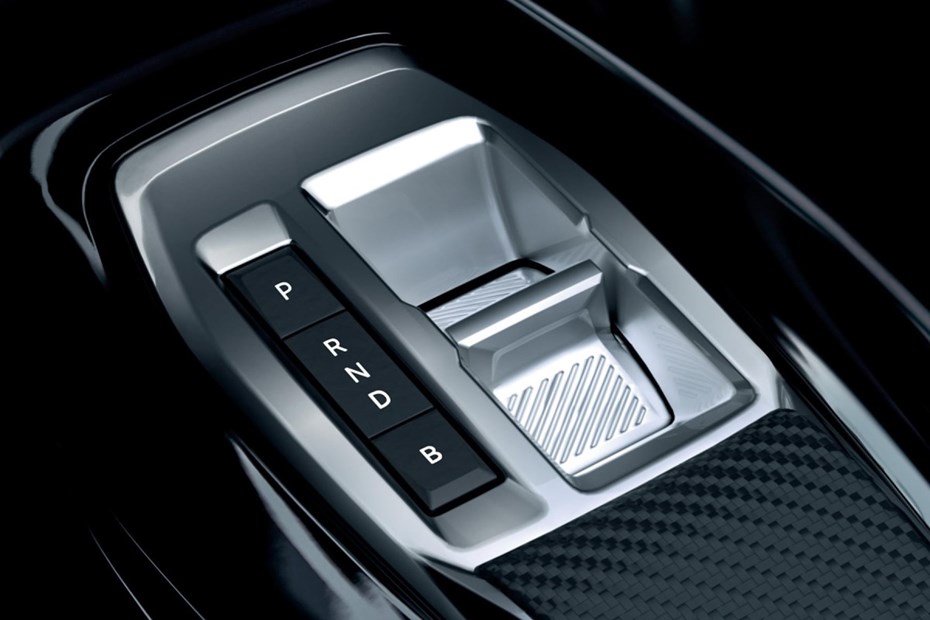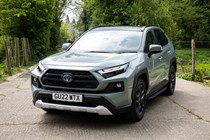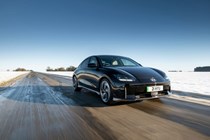An automatic gearbox is a type of car transmission that can change gear without any input from the driver, which you’ll find in automatic cars – also known as autos. There are several variations on the theme but the thing that links all of them – and makes them distinct from a manual gearbox – is that they don’t have a clutch pedal.
Automatic gearboxes are becoming increasingly popular in the UK, indeed there are many cars in which an automatic gearbox is fitted to every model. Drivers like them because they’re easier to handle than a manual, manufacturers like them because they’re often more efficient.
Every electric car is an automatic as well, which is worth knowing as we’re encouraged to adopt the technology. Strictly speaking, most electric cars don’t actually have a gearbox at all, but we’ll come back to that later.
Why your car needs a gearbox
The combustion process inside a petrol or diesel engine moves pistons up and down, which turns a crankshaft – that’s how the engine’s horsepower and torque are generated. The crankshaft is connected to the gearbox, which is connected to the car’s driven wheels.
The crankshaft spins – or revs – too fast and with too little force to move the car by itself. The gearbox turns the crankshaft’s revs into a usable force. The gearbox itself is a metal casing containing cogs of various sizes – they’re the actual gears. Gears are also known as ratios or speeds – in Parkers’ new car reviews, we refer to a car as having, for instance, a six-speed gearbox.
First gear generates the most force to overcome the car’s inertia when it’s stationary, but you’re soon going too fast for first and you need to change up. Higher gears generate proportionately less force but can be used at much higher speed.
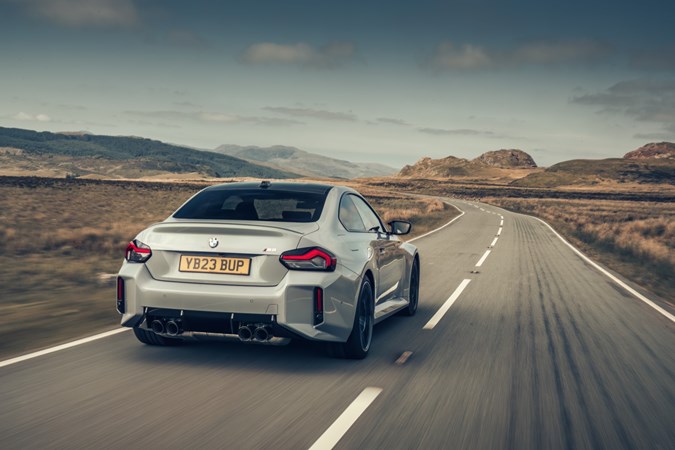
How does a manual gearbox work?
The defining characteristic of a manual gearbox is that the driver has to change gear themselves by pressing the clutch pedal and moving the lever to the next gear.
When a car is ‘in gear’, two spinning cogs are meshed together. One is connected to the crankshaft via the input shaft, one – the gear itself – is connected to the wheels via the output shaft. The clutch separates the cogs and the lever moves the next gear into position. You release the clutch and thus you’ve changed gear.
You can change gear without the clutch, but you have to carefully match the crankshaft’s revs with the speed at which you’re going along the road. Get it wrong and you’ll have difficult moving the lever and cause a horrible graunching sound. Get it very wrong and you could strip the cogs of their teeth.
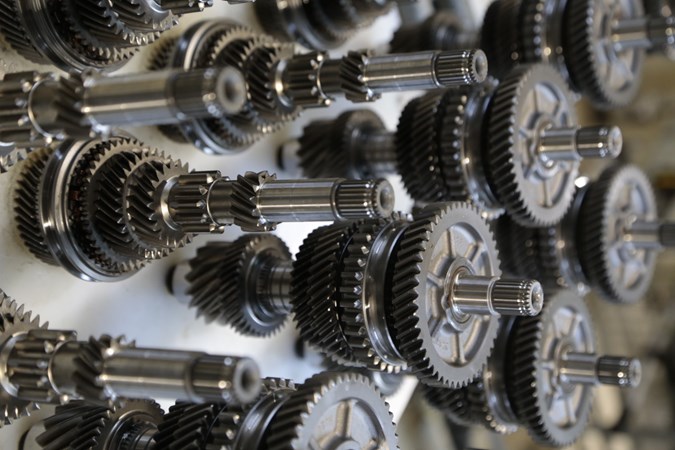
What’s different about an automatic gearbox?
The crucial difference between a manual and automatic gearbox is it that an automatic changes gear by itself. You don’t have to worry about a clutch pedal or lever, you just select the direction of travel – drive or reverse. There’s also neutral and park, and many automatics allow you to take manual control of the gears, using the lever or paddles on the steering wheel.
While automatic gearboxes are all the same in principle, there are there are several different types that work in completely different ways.
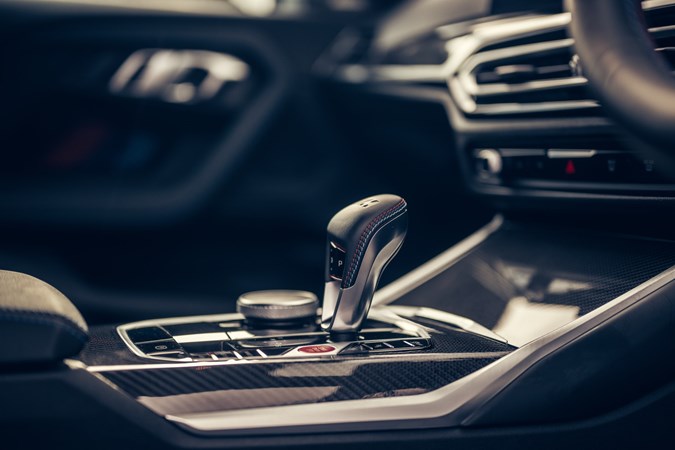
What’s the most common type of automatic transmission?
The most common type of automatic gearbox is the torque converter. It’s a rather complicated piece of kit but, in simple terms, it uses hydraulics to change gear. When a gear change is needed, the hydraulics release a clutch to separate the cogs, then moves the next gear into position.
Torque converters generally change gear very smoothly, if not particularly quickly. The hydraulics also need quite a lot of power, so they’re usually paired with larger engines. With a smaller engine, they can be quite inefficient. However, the latest torque converters overcome the lack of efficiency with computer control and extra gears.
The gearbox’s computer generally picks the most efficient gear for any situation; the higher-numbered gears are specified to maximise fuel economy. That’s why many automatic gearboxes now have eight speeds or even some have as many as ten, such as that in the Ford Ranger Raptor.
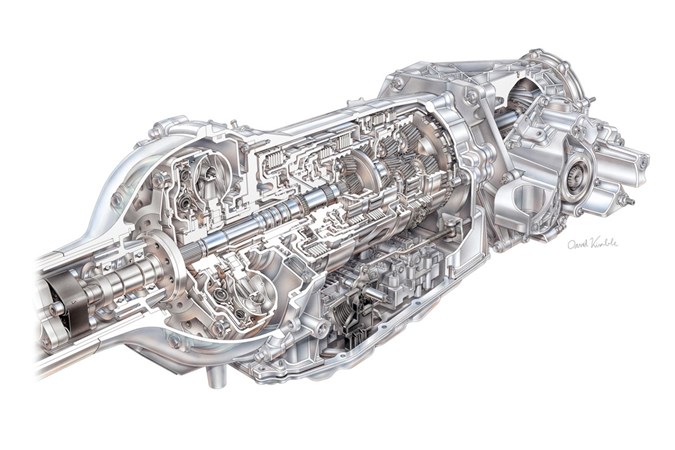
What other types of automatic gearbox are there?
A continuously variable transmission (CVT) doesn’t have gears as such. Instead, it has two spinning cones, one linked the crankshaft, the other to the wheels. A belt loops around both cones and moves up and down them as the car speeds up and slows down. Alternatively, there are two pulleys that expand and contract in diameter, again linked by a belt. Either way, there’s a virtually infinite number of gears which, in theory, maximises efficiency at any speed.
Driving a CVT-equipped car can be a strange experience. That’s because the crankshaft spins at a constant speed, so the engine noise often doesn’t relate to how fast you’re going. To get around that, some CVTs now have ‘steps’ that mimic gears. Japanese brand Toyota makes extensive use of CVTs, particularly in its hybrid models.
What is a dual-clutch gearbox?
The other common type of automatic is the dual-clutch transmission (DCT). Mechanically, the gearbox is much the same as a manual, albeit with electric solenoids that change the gears. The big difference is that, as the name suggests, a DCT has two clutches – a manual just has one.
One clutch deals with the gear that’s in use, the second is primed to change into the next gear when needed, providing a quicker, smoother change. Volkswagen and Porsche pioneered the tech and it has been adopted by many other manufacturers. Unlike an torque converter, a DCT doesn’t soak up any of the engine’s power, so it’s a more fuel-efficient option. They’re arguably better to drive, as well, because gear changes are completed quicker and more smoothly.
There are also cars that have an automated manual transmission (AMT). Like a DCT, it has a conventional manual gearbox with solenoids that change gear, but it has just the one clutch that’s operated automatically. You’ll find such a gearbox in the Fiat 500 Dualogic, among others. AMTs are generally quite efficient, but they change gear rather clunkily.

Do electric cars have an automatic gearbox?
All electric cars are classified as automatics because they don’t have a clutch pedal, however most technically don’t have a gearbox at all. When you select drive or reverse, what you’re actually doing is instructing the electric motor to spin forwards or backwards.
But there are some EVs that do have a gearbox, most notably the Porsche Taycan. It has a two-speed ‘box, in which second gear helps maintain strong acceleration at high speed, something EVs without a gearbox struggle to do.
Some manufacturers are experimenting with manual gearbox-equipped EVs that are designed to restore some of the interaction and engagement that enthusiasts enjoy.

Do you need a specific license to drive an automatic?
Automatics are easier to drive than manuals, so the UK has separate driving licenses for manual and automatic cars. It’s perfectly reasonable to take your test in an automatic – you may be physically unable to drive a manual, or just don’t want the hassle. Many instructors are now encouraging their students to learn in an automatic, as well, though there are anecdotal reports they’re doing so primarily to get students through their test as quickly as possible.
Crucially, if you take your UK driving test in an automatic, you’re not legally allowed to drive a manual. If you subsequently want to drive a manual, you’ll have to retake your test in a suitable car. Conversely, if you take your test in a manual, you’re free and clear to drive automatics, as well.
There are a number of other countries that have the same licensing regime as the UK. However, if you got your license in a country that doesn’t make the distinction, and then exchange it for a UK license, you’ll only be able to drive automatics. Again, if you want to drive manuals, you’ll have to take a UK driving test in a manual car.
These days, automatics are so commonplace and so good to drive that being limited to them isn’t the hardship it was once thought to be. We’re not just talking about new cars either; there’s a wide choice of excellent used automatic cars available, as well.
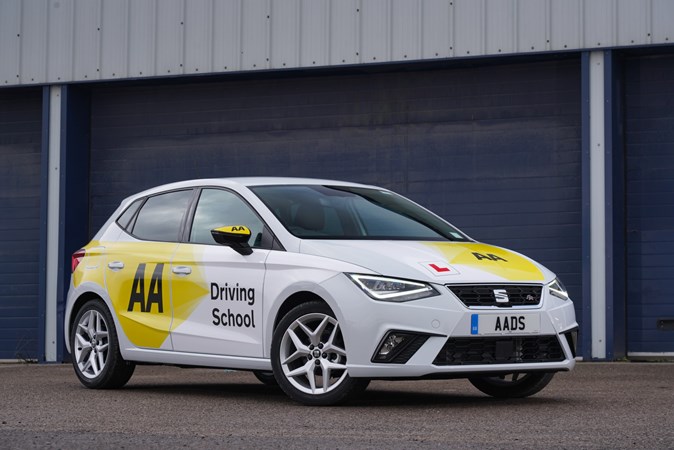
Just so you know, we may receive a commission or other compensation from the links on this website - read why you should trust us.


